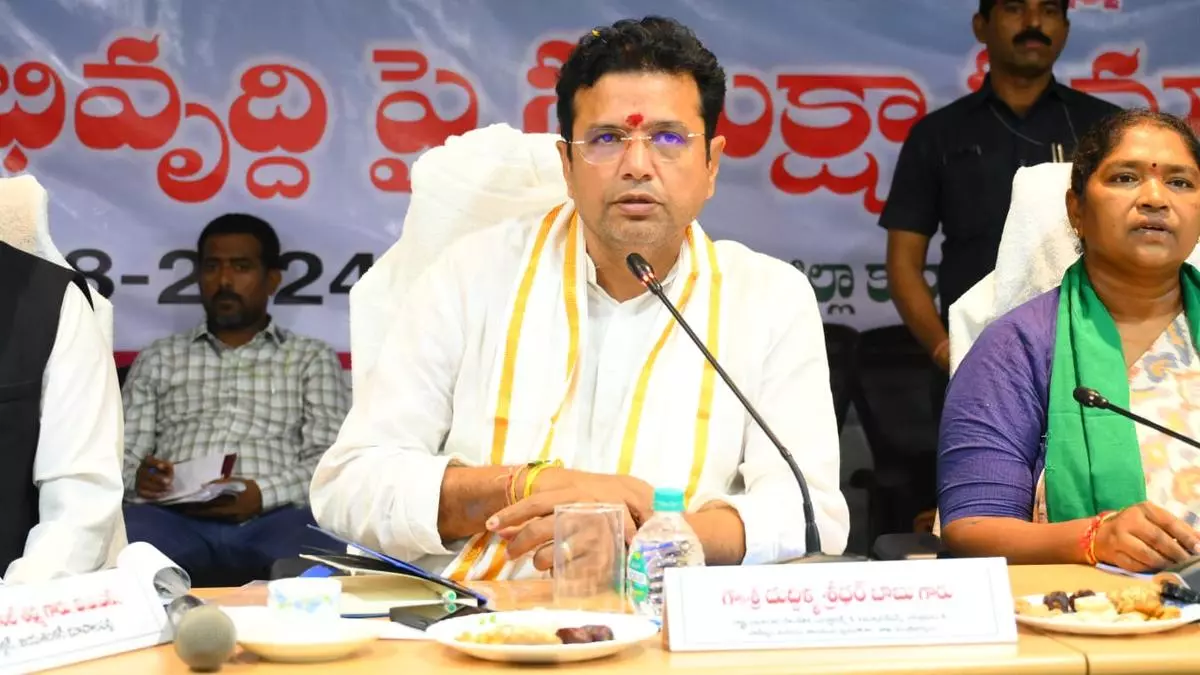India has the capacity to produce vaccines at scale. The capacity to develop new vaccines is more rudimentary and sporadic, but it exists and needs to be boosted. It is entirely likely that the new variant is immune to vaccines that targeted earlier strains of the fast-mutating corona virus causing covid.
So far with the JN.1 variant, the infections that have manifested have been mild, affecting chiefly the upper respiratory tract without causing the oxygen-rejecting inflammation of lung tissue that virulent forms of covid entailed.
Still, just because the overt symptoms are mild and virtually indistinguishable from the infections caused by the influenza virus or the common cold virus, it does not mean that the disease can be ignored. Covid has caused lingering after-effects, some of them nasty for people with comorbidities, unlike the other viruses that produce similar symptoms. It makes sense to identify the cause of a severe upper respiratory tract infection.
Testing everyone for covid is neither affordable nor necessary. Testing sewage samples from different settlements is a simpler method. Genomic sequencing of the germs collected from such samples would help identify clusters, if any, of covid infections. The government must institute this capability. The investment in this would overlap with the investment that India can profitably make in biotechnology education and development, to gain a competitive foothold in the next frontier of medicine.
An alert must go from the Central government to all state governments and, from there, to district level administrations and further down to primary health centres to watch for signs of covid.
Civil society organisations in the health sector could carry out awareness programmes, and individuals should mask themselves when among crowds of strangers. There could be public-private-partnership in manufacturing, procuring and distributing anti-viral drugs that have been found to be effective against covid.
The World Health Organisation has classified JN.1 as a variant of interest, and not yet escalated the classification to a variant of concern. This is the right time to develop a vaccine and produce sufficient numbers to insulate communities around infection clusters, so as to geographically contain the virus.
Mobilising funds for vaccine development
There is, as yet, no case for a mass vaccination campaign. What is needed is to develop an effective vaccine, and prepare capacity to mass produce vaccine doses, store them and distribute them if needed.
Vaccine development is something that India has done before. We have our Covaxin, developed indigenously. Some others have been working to develop mRNA vaccines, which are modular vaccines, in the sense that only some vital components change, while the rest are similar to earlier vaccines.
The Messenger RNA, or mRNA, tells the human body that receives the vaccine to generate a particular protein of the infectious virus within the body, and our immune system would produce the requisite antibodies to surround and destroy this inimical presence.
The government and philanthropists should fund vaccine developers to perfect the mRNA vaccine technology, produce the adjuvants that enhance the efficacy of the vaccine, and install a cold chain across the country’s health infrastructure.
Developing vaccines for an infection that might not materialise is a financial challenge. How to mobilise certain funds for an uncertain epidemic? How would the government or any agency justify spending large amounts of money on a disease that is still in the realm of possibility and not a materialised reality. Some bit of financial engineering would help, on the lines employed to insure against catastrophes.
Reinsurance companies that insurance companies bank on issue catastrophe bonds. Cat bonds are typically short-maturity bonds whose proceeds are kept in a fund to be drawn on to pay out insurance in case a catastrophe against which insurance has been sold does actually materialise.
These bonds offer a higher coupon as compared to regular bonds of a similar maturity. The premium yields are to compensate for the risk that that the bonds would abate, in whole or in part, in case a disaster strikes. A Rs1,000 bond might return, on maturity, yields of anything between 0 to 1,000, depending on the payout for the disaster from the proceeds of the bond issuance.
The funds for vaccine development could be mobilised by issuing similar risk-transfer bonds that offer higher-than-normal yields, in return for assuming the risk of having to write off that investment in a specific contingency. That contingency would be that the vaccine development does not lead to mass deployment.
In case an epidemic does break out, the government could take over the vaccine development pool and pay back those who invested in the bonds. The bonds could be structured so as to be partially converted into equity in the companies that do develop vaccines using the bond issuance proceeds. This way, investing in vaccine development contingency bonds would add a financial gloss to social responsibility, even if the bonds themselves are not paid back in full or at all.
















